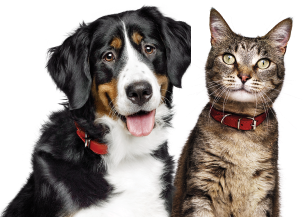German wirehaired pointers are extremely active. Considered even-tempered dogs, they are loyal to their family. They do very well with children if raised with them or with older children who treat them well. They also do well with other pets if raised with them; some individuals in the breed may try to dominate other animals.
The breed is leery of strangers and makes a good watchdog.
These dogs need lots of vigorous exercise daily; otherwise, they will become restless and difficult to manage. Consequently, they are not suitable dogs for people living in apartments or very small homes. They do best in the country where they have plenty of fenced acreage on which to romp, and they especially appreciate an opportunity to swim and fetch. German wirehaired pointers are hunters by nature and may try to roam or go after neighborhood livestock.
German wirehaired pointers are considered average shedders. Brushing the coat a couple of times weekly, occasional stripping, and bathing as needed are all that is necessary to groom this dog.
German wirehaired pointers were bred in Germany in the late 1800s to be hardy, versatile gun dogs that could scent, point and retrieve in the harshest of climates.
They descended from a variety of breeds, one of which is a dog known as the pudelpointer (an early mixture of pointer type dogs and poodle or barbet type dogs). Other dogs in the German wirehaired pointer's background are thought to include the wirehaired pointing griffon, stichelhaar, Polish water dogs and early German shorthairs. According to one source, bloodhounds and foxhounds might also be in the background of the breed.
Today, the German wirehaired pointer is one of the most popular dogs in Germany, where it is known as the Drahthaar. It came to America in the 1920s and achieved AKC recognition in 1959; however, the breed has attained only modest popularity in America.





















